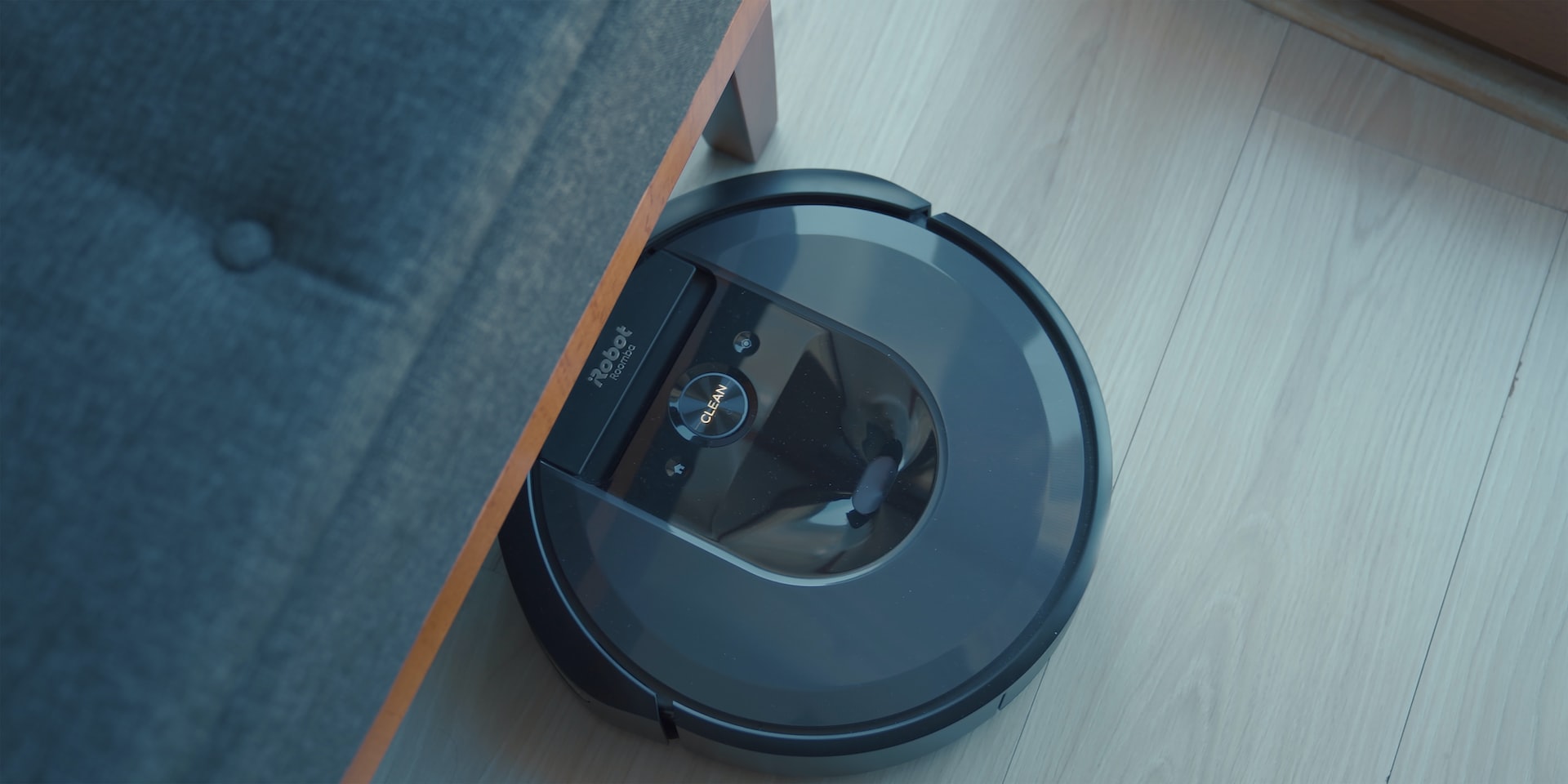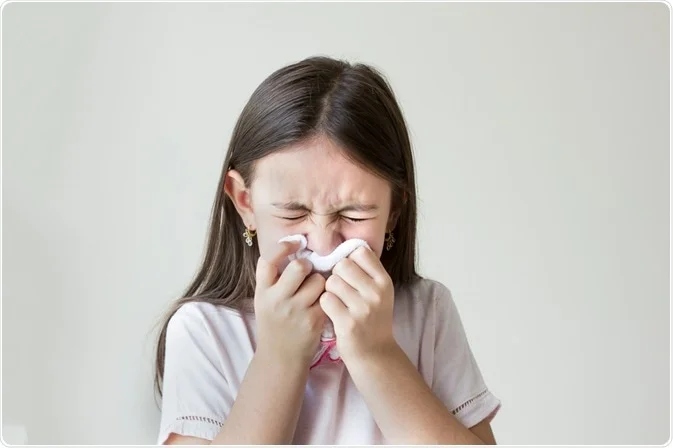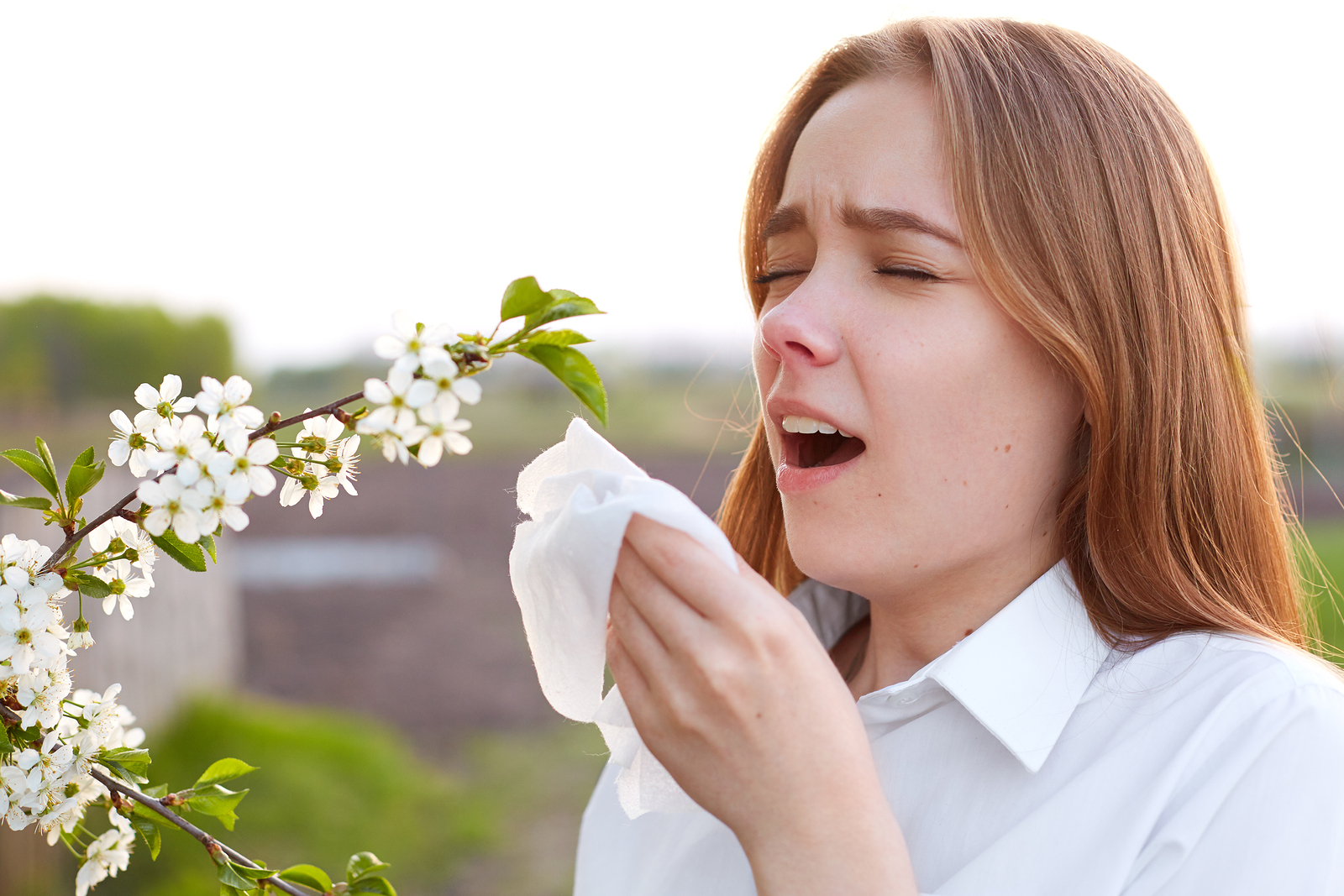Comments
- No comments found

Allergies are the bane of many people’s existence.
For some, it’s like a life sentence to live with sneezing, itchy eyes and a runny nose. When your body misinterprets a foreign substance as harmful, it can result in abnormal reactions known as allergens. In response to the false alert, your immune system produces antibodies against it, causing you to have allergic reactions.

Here are a few simple ways to reduce allergens in your home and live a life free from allergies.
A good hoover is your best friend when it comes to reducing allergens in your home. Dust mites and pet dander can accumulate in carpets, upholstery and bedding. Hoovering once a week should keep these allergens at bay. While you’re at it, make sure to use a hoover with a high-efficiency particulate air filter, which can trap tiny dust particles a regular one might miss.
Everyone loves their furry friends, but they can be a significant source of allergens. Keep pets off the furniture and out of the bedroom, and wash your bedding often.
Dust accumulates on surfaces in your home and when you disturb it, it becomes airborne. So, make dusting a regular part of your cleaning routine. Use a damp cloth or microfiber duster to trap dust instead of stirring it up. Don’t forget to clean those hard-to-reach areas like ceiling fans and crown moulding.
High humidity levels create a breeding ground for allergens such as mould and dust mites. Mould loves moisture, so using a dehumidifier can help reduce allergens in your home by keeping the humidity levels between 40–60 percent. Also, make sure to clean the dehumidifier regularly to prevent mould growth.
Dust mites love to live in bedding, so always wash your sheets, pillowcases and throws in hot water at least once a week. This will kill off any dust mites that might be lurking in your bedding. For extra protection, encase your pillows and mattress in allergen-proof covers.
Indoor plants are great for improving air quality, but some can also attract insects, mould and other allergens. Be mindful of where you place your plants and water them correctly to eliminate any adverse effects.
Many components in air fresheners, laundry detergents and fragrances can lead to allergic reactions. If you are sensitive to these products, you should seek out more natural ones in the hopes they will be friendlier to your skin. Always opt for unscented products or go for a scent-free home if the smells are too disruptive.
If you experience seasonal allergies, keep your windows closed and use air conditioning to cool your home. Many people suffering from sensitive sinuses feel better in a dry, cool environment that removes dust and pollen. Unless it’s a beautiful day and you’re feeling brave, keeping those windows closed is best.
Allergen-proof covers can help reduce allergic reactions in your home. There are perfect allergen-friendly flooring and covering alternatives that serve as a barrier to prevent you from coming in contact with triggering substances.
Last but not least, wear a mask to reduce allergic reactions. This might sound like a no-brainer, but it’s worth mentioning. Wearing a mask can prevent dust mites from triggering your allergies, especially if you decide to open the windows on a beautiful sunny day. It will trap the allergens before they gain access to your respiratory tracks.

Allergies are no laughing matter, especially regarding the respiratory system. They can cause a variety of symptoms that can range from mildly annoying to severely debilitating. With a little explanation, you can understand how allergies impact your respiratory system and what you can do to alleviate the symptoms.
Rhinitis is a common symptom of allergies and refers to the inflammation of the nasal passages. This can result in sneezing, runny nose and nasal congestion. When you encounter an allergen such as pollen, dust mites or pet dander, it triggers the release of histamine and other cytokines, leading to inflammation and swelling of the nasal passages.
Allergies can cause bronchoconstriction, a condition in which the airways narrow. This can lead to wheezing, coughing and shortness of breath. Bronchoconstriction occurs when the airway muscles tighten in reaction to an allergy.
Asthma is a chronic respiratory condition allergies can trigger. The same elements that produce allergic rhinitis symptoms like pollen, dust mites and pet dander can also result in asthma symptoms and indicators. Some people may experience asthma symptoms due to food or skin allergies — this is known as allergic or induced asthma.
Sinusitis is sinus inflammation and can cause symptoms such as pain, pressure and difficulty breathing. The inflammation caused by allergies can block the sinuses and accumulate mucus in the lungs. Some people may be more sensitive to specific foods and indoor and outdoor allergens due to a family history of allergic sinusitis.
The mucus that develops in your nose due to allergies can cause difficulty breathing. This can be incredibly frustrating when you’re trying to get a good night’s sleep or go for a run. Congestion is usually a rhinitis symptom but can typically occur on its own.

Coming up with allergic reactions can be exhausting, but you can seek relief and get back to enjoying your life.
Use a nasal spray: Nasal spray can help reduce inflammation and swelling in the nasal passages, making breathing easier.
Try a neti pot: Neti pots work by flushing out irritants like dust and pollen from your nose.
Eat a healthy diet: Food safety is a significant concern for allergic reactions, so ensure you eat healthy to reduce inflammation and boost your immune system.
Get an allergy shot: Allergy shots — also known as immunotherapy — can reduce your sensitivity to allergens over time.
Take antihistamine: Antihistamines work by blocking the production of histamine, preventing you from feeling sneezy or allergic.
Reducing allergens in your home doesn’t have to be a daunting task. These simple tips allow you to breathe easily and say goodbye to allergy symptoms. Now go forth and conquer those allergens.
Emily Newton is the Editor-in-Chief of Revolutionized. She is a science and technology journalist with over three years covering industry trends and research.
Leave your comments
Post comment as a guest